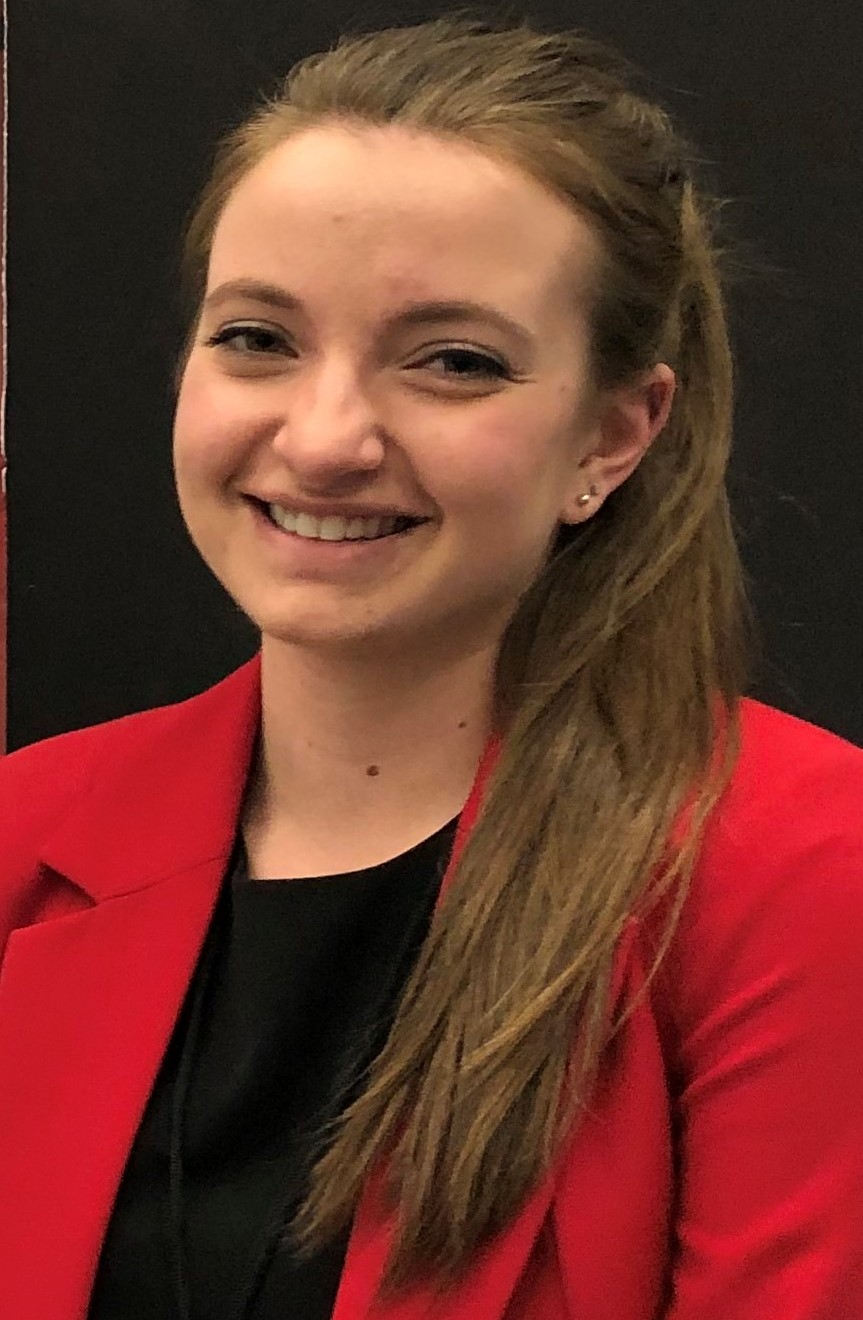Below is a summary of the abstract you submitted. Presenting author(s) is shown in bold.
If any changes need to be made, you can modify the abstract or change the authors.
You can also download a .docx version of this abstract.
If there are any problems, please email Dan at dar78@pitt.edu and he'll take care of them!
This abstract was last modified on May 2, 2019 at 3:10 p.m..

Six bacteriophages previously isolated at Northwestern College using Mycobacterium smegmatis mc2155 as host were sequenced: DrLupo, JacoRen57, Beelzebub, and RedRaider77 using RFLP-directed DOGEMS and Antonia and Raela individually. We annotated all six mycobacteriophage genomes. In addition, we isolated eight phages with Microbacterium foliorum as host and one phage with Gordonia terrae as host. These have yet to be sequenced. Our annotation efforts focused on the six discovered phages and four adopted phages: Chelms, Laila, Phineas and Cracklewink. All annotated phages are siphoviridae in morphology with only Phineas and Cracklewink being temperate. Collectively they represent eight different clusters. Antonia was typical of the abundant cluster B1 phages. DrLupo is related to Barnyard, the other cluster H2 phage. It has a non-canonical frameshift in its tail assembly chaperone gene, several orphams, and a low GC content of 57.5%. JacoRen57 is a singleton, most closely related to the AB cluster phages FF47 and Muddy. Its long tape measure gene is an orpham, there are numerous orphams with unknown functions in the right arm of the phage, and its GC content is low (56.7%). Since FF47 and Muddy can infect Mycobacterium abscessus, the Hatfull lab is working to see if JacoRen57 can also infect related hosts. Beelzebub, Raela, and RedRaider77 are cluster S phages. All three contain minor tail protein genes in their right arm as do other cluster S phages and previously confirmed in phage Marvin. Phineas resembled other P1 phages—especially Shipwreck and Fishburne. Cracklewink is more closely related to Bipper than Typha, the other two cluster Y members, especially in the right arm of the genome. It has one tRNA gene and some interesting large gaps that lack coding potential. Chelms is a cluster CS Gordonia phage. It is typical of cluster CS phages with a two-part lysin A gene (N-acetylmuramoyl-L-alanine amidase domain followed by the protease domain) and a lysin B 15 genes downstream of the two-part lysin A. It contains both forward and reverse genes and a single tRNA gene. Laila is cluster AN Arthrobacter phage. At 15,556 bp, it was the smallest of our phages. Laila exhibits synteny typical of cluster AN phages with a single tail assembly chaperone gene, adjacent lysin A genes (L-Ala-D-Glu peptidase domain followed by the N-acetylmuramoyl-L-alanine amidase domain), a single reverse gene encoding a helix-turn-helix DNA binding domain protein, and an HNH endonuclease at the far right arm of the phage. We annotated an often-missed gene immediately upstream of Laila’s tape measure gene. Finally, we continue working to characterize our anti-mycobacteriophage protein serum and perform fusion experiments to establish hybridomas that produce monoclonal antibodies against mycobacteriophage proteins.

